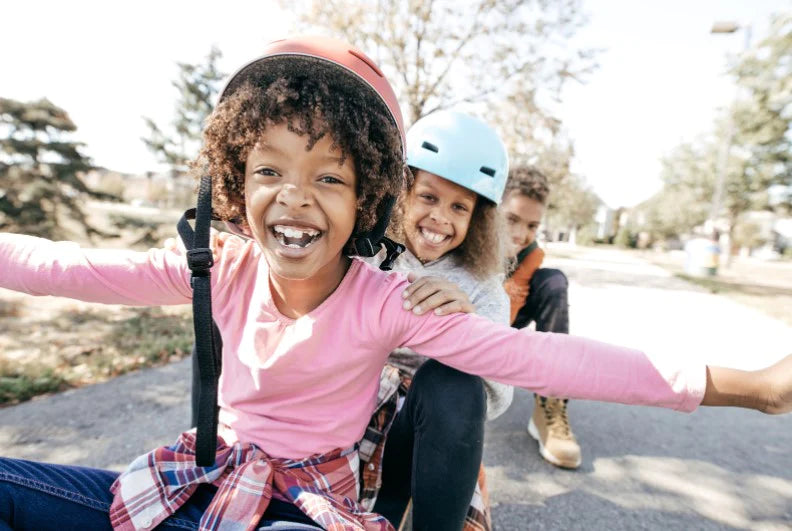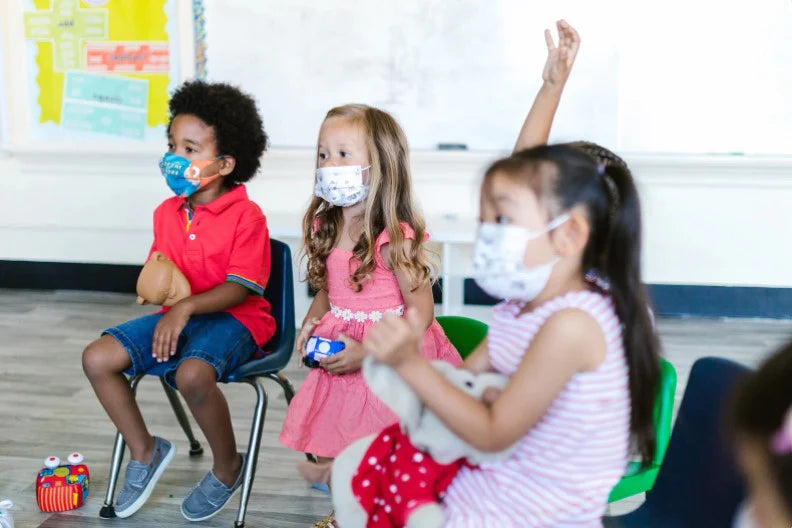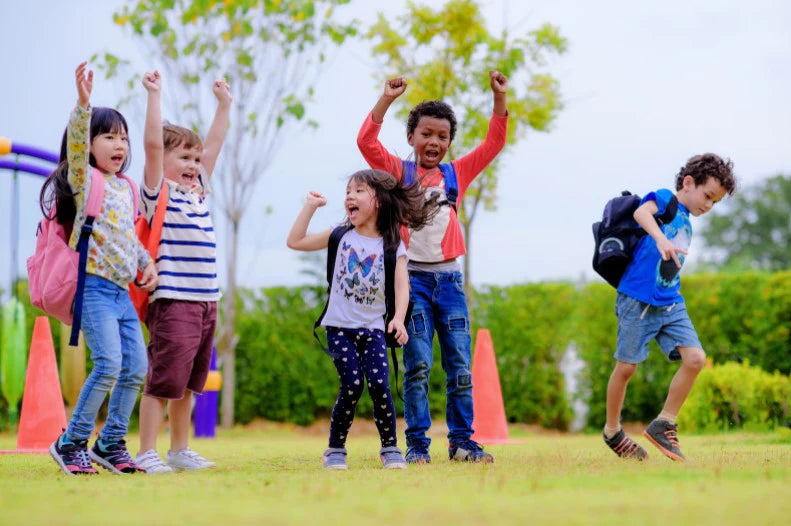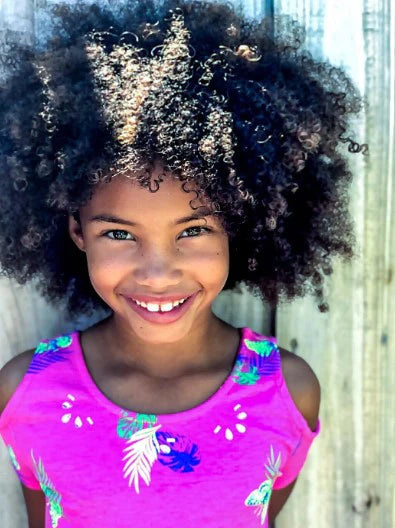As children turn four, they undergo significant physical developments that fuel their sense of exploration and independence. At this age, their motor skills become more refined, allowing them to engage in a wide range of physical activities. Understanding the milestones and expectations for a 4-year-old's motor skills can help parents and caregivers support their child's growth and development during this crucial stage.
Gross Motor Skills
- Coordination and Balance - By the age of four, children exhibit improved coordination and balance, allowing them to walk, run, jump, and skip with greater ease and stability. Their movements become more fluid, and they can change direction quickly while playing games or participating in sports.
- Climbing - At this age, children are eager climbers. They can navigate playground equipment like ladders, stairs, and low structures confidently. Climbing helps strengthen their muscles and enhances spatial awareness.
- Pedaling and Riding - Four-year-olds can ride tricycles and even start to experiment with training wheels on bicycles. This activity enhances their leg muscles, balance, and overall coordination.
- Kicking and Throwing - Children at this age show significant progress in their ability to kick and throw balls with increasing accuracy and force. They can participate in basic ball games and team activities, improving their social skills as well.
- Hopping and Galloping - Four-year-olds can hop on one foot and may start to experiment with galloping movements. These activities further develop their leg muscles and balance.
Fine Motor Skills
- Drawing and Coloring - By the age of four, children can hold a crayon or marker with a more mature pencil grasp. Their drawings become more recognizable and may include basic shapes like circles, squares, and stick figures.
- Cutting - With adult supervision, four-year-olds can use safety scissors to cut paper. They are beginning to understand the concept of cutting along lines and shapes.
- Dressing Themselves - At this age, children can start dressing themselves independently, including putting on simple clothing like t-shirts, pants, and socks. While they may still need help with buttons and zippers, they are eager to try and improve their self-help skills.
- Building with Blocks - Four-year-olds can create more complex structures with building blocks. Their hand-eye coordination and spatial skills improve as they experiment with stacking and arranging blocks.
- Puzzles - They can handle puzzles with larger and more numerous pieces, promoting problem-solving skills and hand dexterity.
Social and Cognitive Impact
The physical advancements achieved at age four have a profound impact on a child's social and cognitive development. Improved gross motor skills enable them to engage in active play with their peers, fostering social interactions, and cooperation. Through physical activities, they learn about taking turns, sharing, and resolving conflicts, laying the foundation for essential social skills.
Additionally, fine motor skill development enhances their cognitive abilities. As they draw, cut, and manipulate objects, they refine their hand-eye coordination and learn to concentrate on tasks. These activities stimulate their creativity and imagination, encouraging self-expression and emotional development.
How to Support Your 4-Year-Old's Physical Development:
- Encourage Active Play - Provide opportunities for your child to engage in active play, such as running, jumping, climbing, and playing catch. Outdoor playtime not only promotes physical development but also contributes to their mental well-being.
- Offer Art and Craft Activities - Encourage drawing, coloring, and crafting to enhance their fine motor skills. Keep a variety of art supplies accessible, allowing them to express themselves creatively.
- Provide Puzzles and Building Toys - Incorporate puzzles and building toys into playtime to challenge their cognitive abilities and problem-solving skills.
- Be Patient and Supportive - Children develop at their own pace. Be patient and provide encouragement as they learn and practice new skills. Offer praise and celebrate their achievements, no matter how small.
- Set a Good Example - Children often mimic their parents and caregivers. Engage in physical activities together, such as going for walks, playing catch, or dancing. Your involvement will not only foster a strong bond but also inspire them to lead an active lifestyle.
Your 4-year-old is bound to experience remarkable progress in their physical abilities this year, encompassing both gross and fine motor skills. These developments have a substantial impact on their social, cognitive, and emotional growth. By understanding and supporting their physical milestones, parents and caregivers can nurture their child's overall development and lay the foundation for a healthy and active future.








